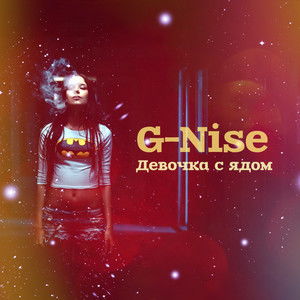
Om Krishna, Namah: A Deep Dive into the Devotion and Significance
Om Krishna, Namah is a phrase that resonates deeply within the hearts of millions of devotees worldwide. It is more than just a mantra; it is a declaration of faith, a commitment to a spiritual path, and a profound connection to the divine. Let’s explore the various dimensions of this sacred invocation.
Origins and Meaning

The phrase “Om Krishna, Namah” is derived from the ancient Indian language of Sanskrit. “Om” is a sacred sound that represents the universe and is considered the primeval sound from which all other sounds arise. “Krishna” is one of the principal deities in Hinduism, known for his compassion, love, and divine beauty. “Namah” means “to bow down” or “to offer respect.” Together, the phrase translates to “I bow to Krishna” or “I offer respect to Krishna,” signifying a deep reverence and devotion.
Devotional Practices

Devotees of Krishna engage in various practices to deepen their connection with the deity. These include:
-
Chanting: The repetition of “Om Krishna, Namah” is a common practice. Devotees often chant this mantra in groups, known as kirtans, or individually, as a form of meditation.
-
Worship: Krishna temples are places of worship where devotees offer prayers, sing devotional songs, and participate in rituals.
-
Reading Scriptures: Devotees study the Bhagavad Gita, the Mahabharata, and other sacred texts that narrate the life and teachings of Krishna.
-
Service: Selfless service, known as seva, is an integral part of Krishna devotion. Devotees engage in acts of kindness and compassion towards others.
Symbolism and Art

The image of Krishna is often depicted in various forms, each symbolizing different aspects of his divinity. Some common symbols associated with Krishna include:
| Symbol | Meaning |
|---|---|
| Blue Skin | Represents the infinite sky and the boundless nature of Krishna’s love. |
| Flute | Symbolizes Krishna’s love and his ability to attract devotees with his melodies. |
| Peacock Feather | Represents Krishna’s beauty and his association with the celestial realm. |
| Chakra | Symbolizes Krishna’s power and his ability to control the universe. |
Cultural Impact
Om Krishna, Namah has had a significant impact on Indian culture and beyond. It has influenced music, art, dance, and literature. Some notable examples include:
-
Music: Devotional songs in the bhajan style often incorporate the mantra “Om Krishna, Namah.” These songs are popular in India and have gained international recognition.
-
Art: Krishna is depicted in various art forms, including paintings, sculptures, and murals. These artworks are found in temples, homes, and public spaces.
-
Dance: The dance form of Kathak is heavily influenced by Krishna’s life and stories. Devotees perform intricate dance routines that tell tales of Krishna’s love and compassion.
-
Literature: The Mahabharata and the Bhagavad Gita are two of the most significant texts in Indian literature. They narrate the life and teachings of Krishna and have inspired countless stories and poems.
Global Reach
Om Krishna, Namah has transcended geographical and cultural boundaries. Krishna devotees can be found in every corner of the world, forming communities and spreading the message of love and devotion. Some notable Krishna temples and communities include:
-
ISKCON (International Society for Krishna Consciousness): Founded by A.C





